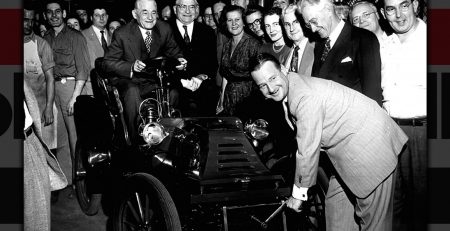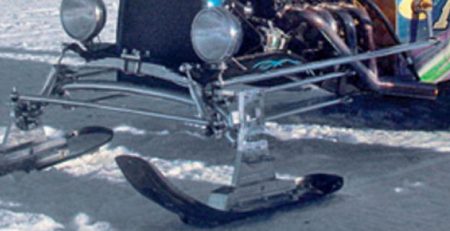Getting the most out of your crate engine
 Probably the most forgotten fact about the crate engine, whether GM, Ford, or Dodge, is that it has a compression ratio of 9.0:1 to 10.0:1. Another fact that most people do not realize is that compression ratios in this range require fuel octane ratings around 110. Using lower octane fuels often leads to detonation which can result in engine failure or leads to a decrease in timing which results in decreased potential power. Pump gas is not held to the quality and consistency standards required to ever be used in a racing application, and the idea of mixing fuel (pump gas and race gas) is a horrible idea. Let me say it again – NEVER use pump gas for a racing application. A good follow-up discussion is on our tech page.
Probably the most forgotten fact about the crate engine, whether GM, Ford, or Dodge, is that it has a compression ratio of 9.0:1 to 10.0:1. Another fact that most people do not realize is that compression ratios in this range require fuel octane ratings around 110. Using lower octane fuels often leads to detonation which can result in engine failure or leads to a decrease in timing which results in decreased potential power. Pump gas is not held to the quality and consistency standards required to ever be used in a racing application, and the idea of mixing fuel (pump gas and race gas) is a horrible idea. Let me say it again – NEVER use pump gas for a racing application. A good follow-up discussion is on our tech page.
The next mistake commonly made with crate engines (and with most other race engines as well) is spark plug heat range selection. The very plug recommended by GM on the valve cover of their crate engine is wrong. First, it is a resistor plug, which is not good for racing applications; and second, it is about six steps too hot. Because of my years with Champion Spark Plug Company, I work best with their heat range numbers; but all major brand spark plugs will do fine – just find the equivalent to the heat range I recommend. In the crate engine, use either the 59 or 61 heat range; for example, S59YC or C59YC. The Y in the Champion nomenclature designates extended tip. In the flat top piston configuration as the crate engine, this is a good idea. There are no big power increases to be found with the extended tip, but it does put the spark kernel farther out in the chamber and makes it more accessible to the air/fuel mixture. When gapping the spark plugs, never ever use a plug gap larger than .035. A gap of .032 – .035 is recommended best. There is no power to be gained in massive plug gap and/or massive ignition systems. Spark advance generally should be set around 36 degrees BTDC. Note: when an engine starts to loose ring seal, you can bump the timing up a couple of degrees and regain some of the lost power.











